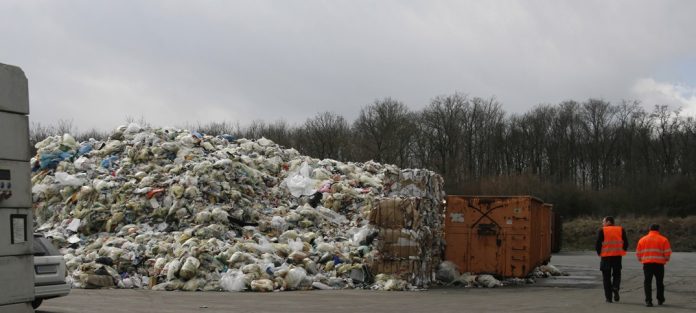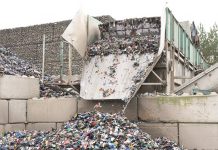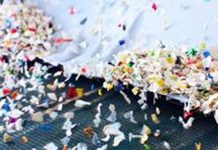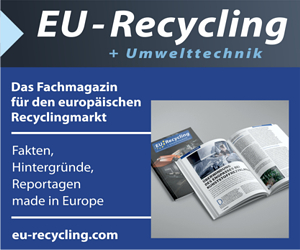New research [1] from Aquapak, which specialises in developing high performance, environmentally safe materials to reduce plastic pollution and improve recycling, shows that the majority (70%) of British consumers admit they are confused by what packaging can and can’t be recycled.
Just one in five (21%) say they always read the recycling instructions on product packaging; this increases to almost one in three (31%) in the 25 – 34 age group but drops to 17% for those aged 65 and over. However, almost one in ten (9%) say they never bother reading whether the packaging they have bought can be recycled.
The survey also points to a problem with the recycling instructions producers are using on their packaging. Only 10% of Brits say they always find instructions on how to dispose of packaging easy to understand, over half 52% describing them as “sometimes” understandable and just 29% saying they are “often” easy to understand. When asked which every-day packaging is the easiest to dispose of and recycle, over half (53%) stated paper; followed by glass (18%), plastic (13%), mixed materials (9%) and metal (e. g. aluminium) (7%).
The findings highlight the enormous challenge the Government faces when it comes to the 12 million tonnes of packaging waste thrown away in the UK annually [2], a significant proportion of which is plastic or complex flexible packaging using conventional plastic which is difficult to sort and recycle. To tackle the problem, the Government introduced Extended Producer Responsibility (EPR) on 1 January 2025, which is intended to shift the responsibility from consumers to producers, incentivizing them to create recyclable packaging and providing clearer guidance to consumers, ultimately leading to a more straightforward and less confusing recycling process.
EPR mandates the use of universally understandable labels on packaging, indicating whether an item is recyclable or not, simplifying the process for consumers. By making producers financially responsible for the collection and recycling of their packaging, EPR encourages them to design products and packaging that are easier to recycle and reuse, reducing the amount of difficult-to-recycle material on the market. EPR also aims to fund improvements in recycling infrastructure and education, further supporting easier and more efficient recycling practices.
A very long way to go
However, Aquapak is calling on the Government to ensure that legislation underpinning the EPR enables producers to use new materials if they are to decrease the total environmental impact of their products by moving away for hard to recycle conventional plastics.
Dr John Williams, Chief Technical Officer at Aquapak, comments: “Our research findings suggest that there is a very long way to go when it comes to making packaging recyclability in the UK easy to understand for the consumer, particularly as so much of it contains hard to recycle plastic material. There needs to be a significant shift away from the status quo for packaging. New legislation should support faster adoption of innovation that is specifically developed to retain packaging functionality, support recyclability and offer safe end of life options if optimal waste management processes are not available.
“We would also argue that if the target of EPR is to ensure that producers actively engage in sustainable practices and decrease the total environmental impact from their products and packaging, we can’t keep using the same tools and materials to fix the problem. Extended responsibility must also mean an extension to include the use of proven new materials to help producers recycle more effectively without compromising the integrity of their products.”
Aquapak has developed a marine-safe, non-toxic polymer technology called Hydropol, which breaks down harmlessly in all existing recycling streams. When used in place of conventional plastic in crisp and snack wrappers it makes unrecyclable packaging fully recyclable because the Hydropol layer is formulated to dissolve or biodegrades completely. If it does escape into the environment, it is easily broken down by micro-organisms without forming harmful microplastics. Nothing is left behind except CO2, water and biomass that can even be used in renewable energy plants. This means that consumers can put packaging and wrappers made with Hydropol in their kerbside collections where it is recycled alongside paper, plastic, metal or food without any risk of contamination, where it disappears without a trace.
Garment bags made with Hydropol present zero end-of-life issues for consumers and brands. They can be disposed of in existing domestic waste streams without contaminating other recyclable products or they can be dissolved immediately in hot water at home without producing dangerous micro-plastics. They also degrade harmlessly on land or in the ocean.
Source: Aquapak
[1] Research conducted with 751 UK adults by Consumer Intelligence 1 February 2025
[2] https://www.businesswaste.co.uk/your-waste/packaging-waste-recycling/packaging-waste-facts-and-statistics/






